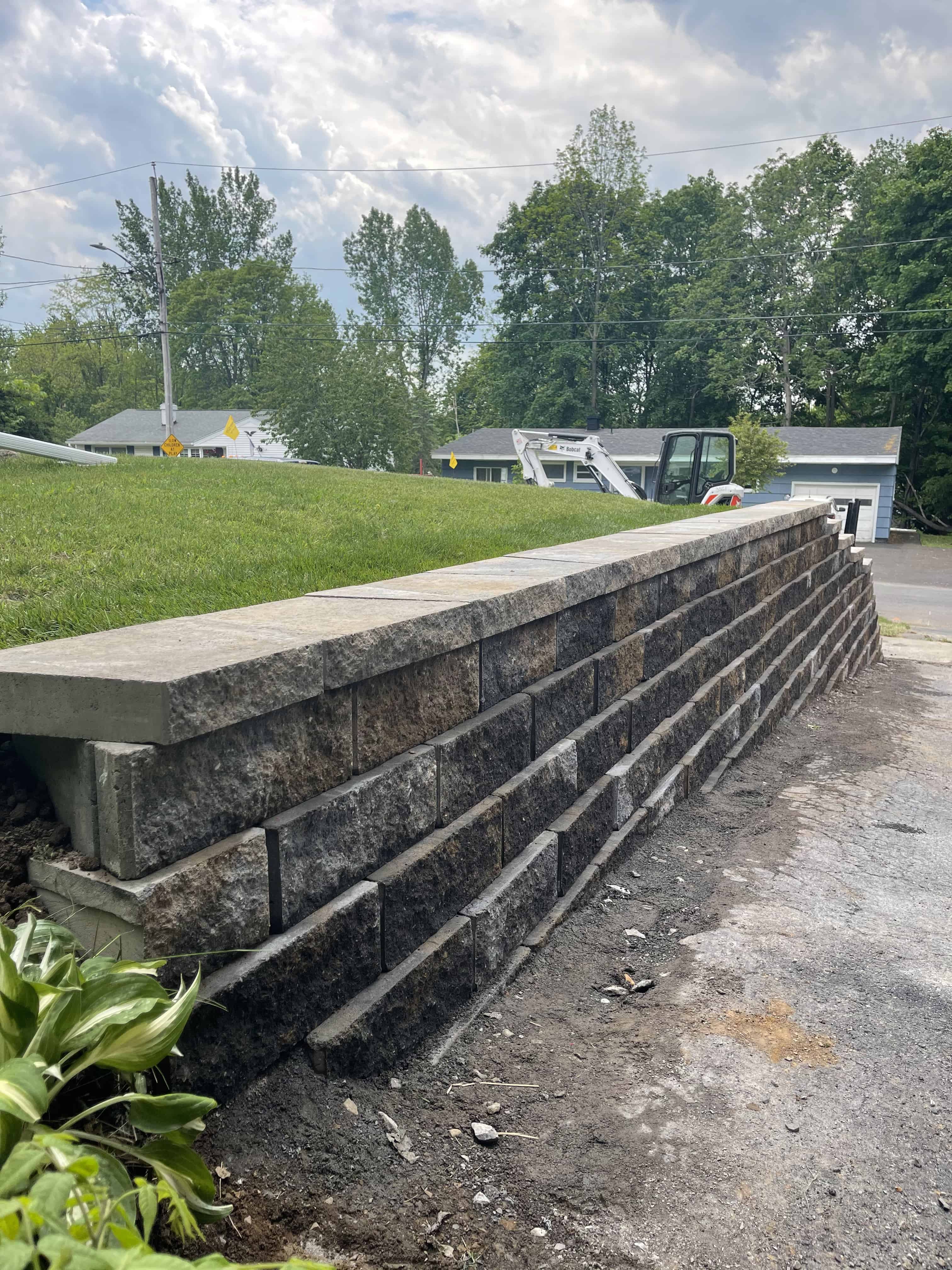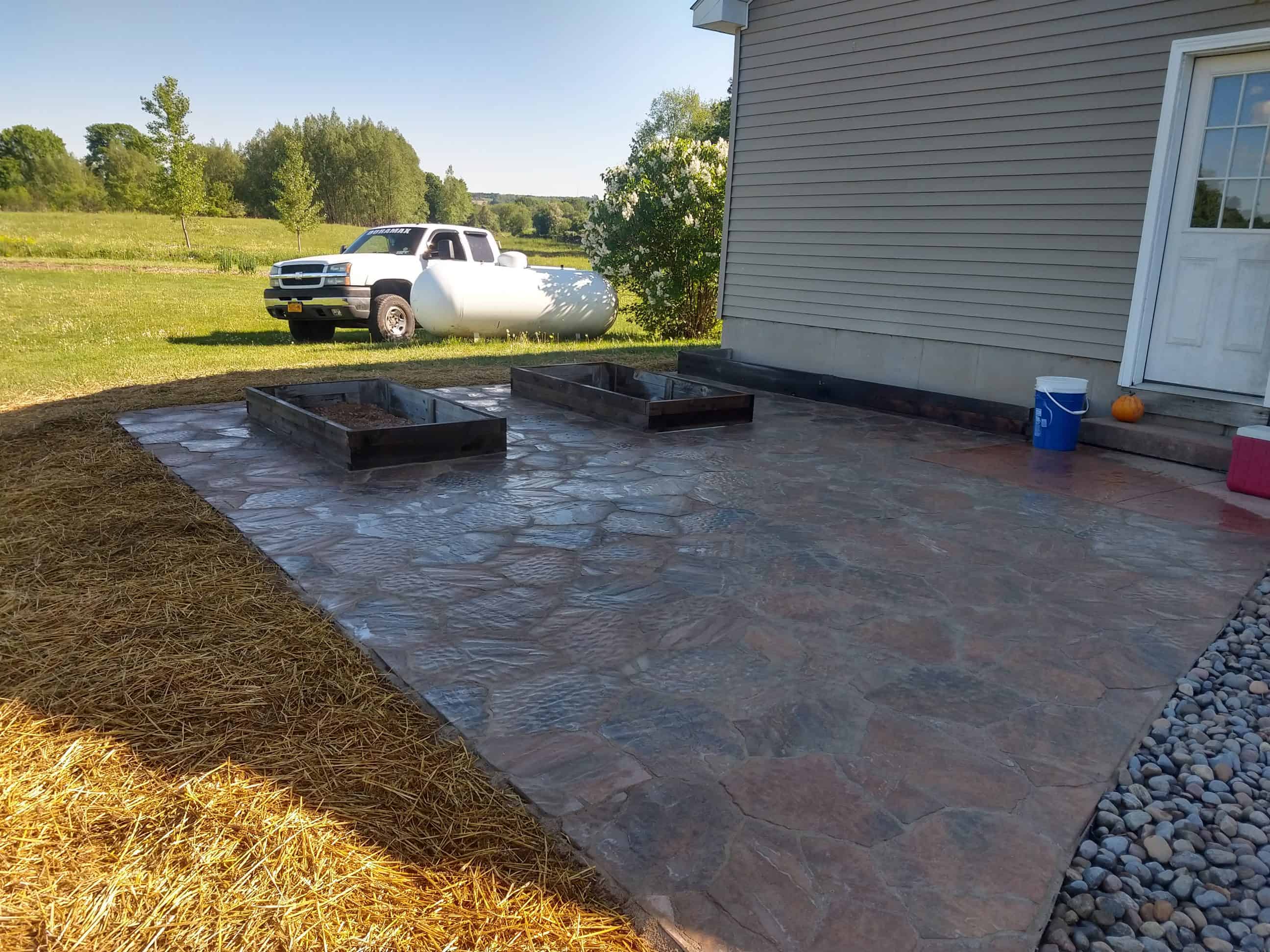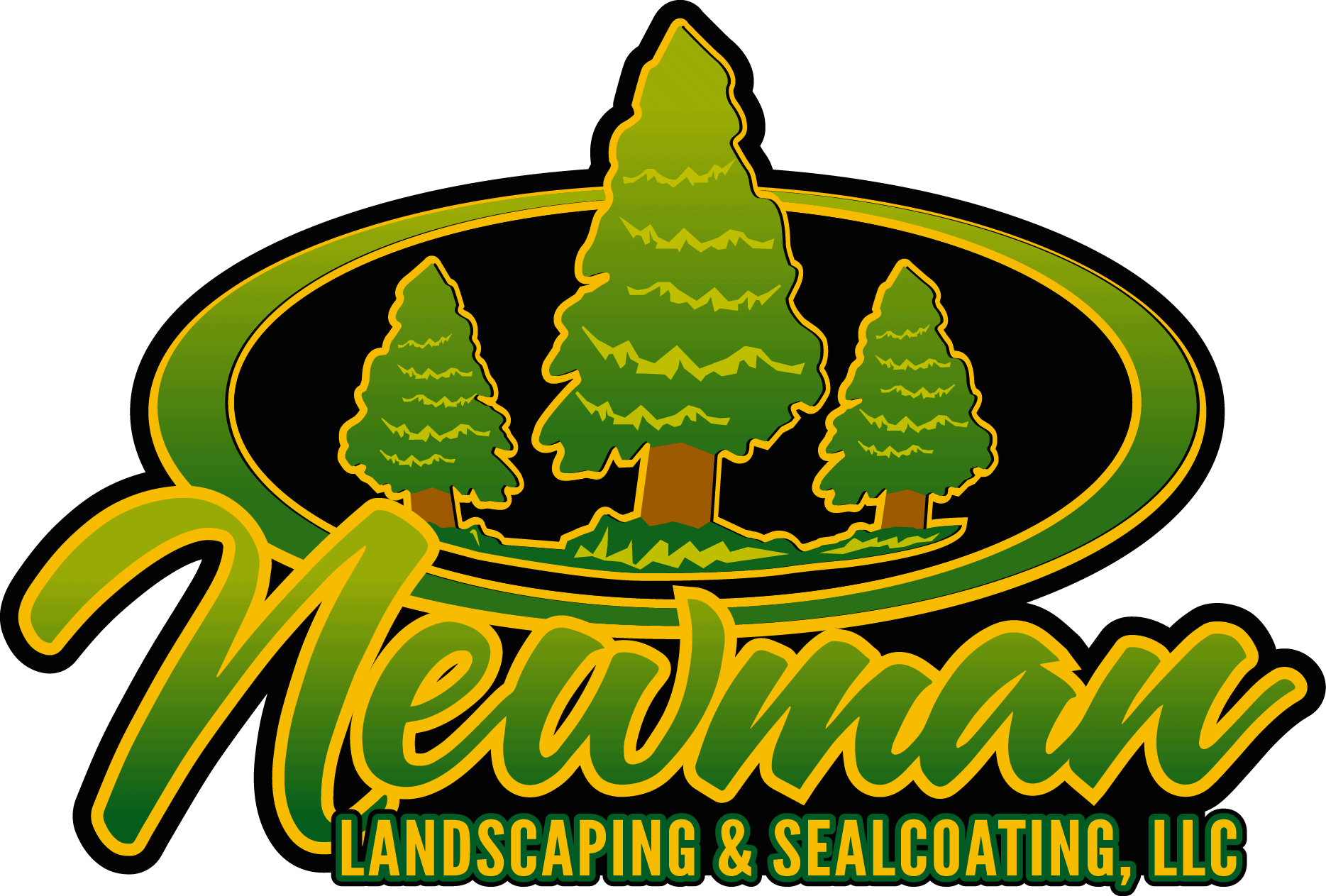The Psychology of Color in Hardscape Design
When transforming your outdoor space, hardscaping can be powerful; it enhances the functionality of your home and adds more spaces to enjoy. Hardscaping elements create an inviting and comfortable outdoor living area, from patios and walkways to retaining walls. Each has its own added uses, creating a harmonious home exterior.
However, there's more to hardscape design beyond materials and layouts. Tied into the intention of the design is an important element: color. Color greatly influences how your outdoor space is perceived; the same can be said about your house. In this blog, we'll help you understand the psychology of color in design and make informed decisions that will turn your outdoor visions into reality.
The Importance of Hardscaping
 Using elements like stone, concrete, and wood for home projects vastly improves the environment of outdoor living areas. Hardscape elements add beauty and structure to your outdoor space, complementing the rest of the area and making it fit for daily lifestyle use. Adding these living areas can greatly boost the resale value of your home, making it a wise investment. These investments can also include more niche additions, such as outdoor kitchens or fire pits for added purposes. Hardscape materials are incredibly durable and require minimal maintenance over the years.
Color Theory for Outdoor Spaces
Color is a powerful mechanism influencing our emotions, behaviors, thoughts, and perceptions. Without it, there would be fewer means for categorizing specific feelings, art, and symbolic components. Color theory can improve the harmony and balance of an outdoor living space, down to the surrounding landscaping. However, it's essential to understand what works and what doesn't regarding your color choices.
What Works
Using elements like stone, concrete, and wood for home projects vastly improves the environment of outdoor living areas. Hardscape elements add beauty and structure to your outdoor space, complementing the rest of the area and making it fit for daily lifestyle use. Adding these living areas can greatly boost the resale value of your home, making it a wise investment. These investments can also include more niche additions, such as outdoor kitchens or fire pits for added purposes. Hardscape materials are incredibly durable and require minimal maintenance over the years.
Color Theory for Outdoor Spaces
Color is a powerful mechanism influencing our emotions, behaviors, thoughts, and perceptions. Without it, there would be fewer means for categorizing specific feelings, art, and symbolic components. Color theory can improve the harmony and balance of an outdoor living space, down to the surrounding landscaping. However, it's essential to understand what works and what doesn't regarding your color choices.
What Works
- Warm and Inviting Colors: Warm colors like reds, oranges, and browns can evoke comfort and reflect natural colors. These hues are perfect for designing a backdrop for inviting outdoor spaces.
- Cool and Calming Colors: In comparison, cool colors like blues and greens are often more calming and are relative to plants and water. They work well where relaxation is the primary goal, such as around a pond or garden.
- Contrast and Focal Points: contrasting colors can draw attention to specific hardscape features, but only when these colors complement one another. For example, a red brick fire pit surrounded by gray pavers can make for a stunning focal point.
- Overwhelming Brightness: While vibrant colors can add personality to a space, overdoing it can make for a confusing palette. Avoid using excessively bright colors, which create a chaotic and stressful atmosphere.
- Mismatched Color Schemes: Confusing colors can make your outdoor space look disjointed, unappealing, and as if it were done unprofessionally. Ensure that your chosen colors complement each other.
 It's best to reflect on your house's existing colors and architectural style to create a cohesive look between your home and hardscape design. Here's how you can achieve the desired color blend:
It's best to reflect on your house's existing colors and architectural style to create a cohesive look between your home and hardscape design. Here's how you can achieve the desired color blend:
- Analyze Your Home's Color Palette: Take a close look at your home's exterior colors. Identify dominant and accent colors and any architectural features that stand out. Would the home benefit from darker colors, or can you add spots of brightness for contrast? Your hardscape color choices should complement the rest of your landscaping as well.
- Consider the Style: Different architectural styles lend themselves to specific color palettes. For instance, a Mediterranean-style cottage pairs beautifully with warm earth tones, such as tans, rich browns, and gold lighting. Modern homes may look more attractive with a sleek and minimalist color scheme.
- Test Samples: Before committing to any color scheme, obtain samples of hardscape materials and place them against your home's exterior. This gives you a visual of how the colors will interact and whether they appear cohesive.
